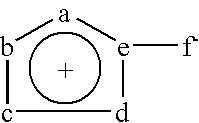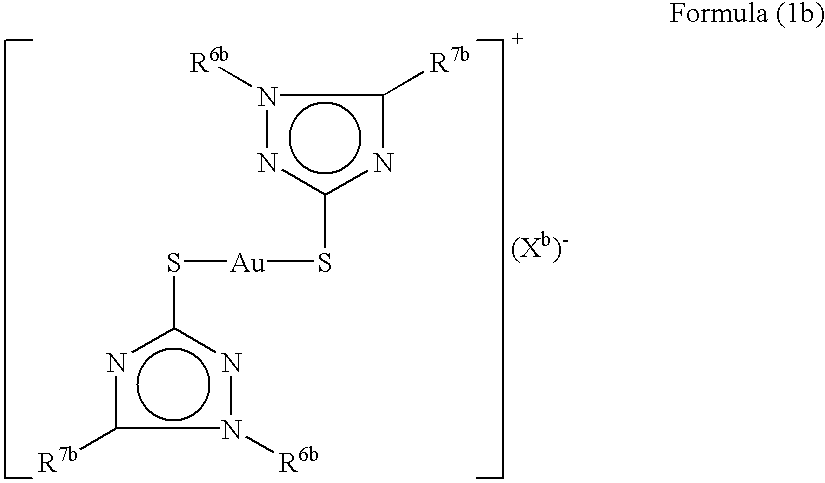Silver halide photographic light-sensitive material
a silver halide, light-sensitive technology, applied in the field of silver halide photographic light-sensitive materials, graphic arts, etc., can solve the problems of fluctuation of sensitivity, and increase of fog during storage, and is likely to suffer from air oxidation and instabl
- Summary
- Abstract
- Description
- Claims
- Application Information
AI Technical Summary
Problems solved by technology
Method used
Image
Examples
synthesis example 2
[0251] Synthesis of Exemplary Compound 6
[0252] Polyethylene glycol (average molecular weight: 2000, 10 g), thionyl chloride (7.3 mL) and DMF (0.1 mL) were mixed at room temperature, then heated to 90.degree. C. and stirred for 5 hours. After evaporating excessive thionyl chloride, the reaction mixture was added with isoquinoline (4.0 g) and allowed to react at 150.degree. C. for 7 hours. The reaction mixture was made into a solution in ethyl acetate and 2-propanol (10 / 1) and cooled, and the deposited solid was taken by filtration and dried to obtain the target Exemplary Compound 6 (7.1 g, yield: 60%).
synthesis example 3
[0253] Synthesis of Exemplary Compound 4
[0254] Exemplary Compound 4 was obtained in the same manner as in Synthesis Example 1 mentioned above except that polyethylene glycol (average molecular weight: 3000) was used instead of the polyethylene glycol (average molecular weight: 2000).
synthesis example 4
[0255] Synthesis of Exemplary Compound 65
[0256] 1,10-Diamino-4,7-dioxadecane (17.6 g, 0.1 mol), potassium carbonate (27.6 g, 0.2 mol), ethyl acetate (100 mL) and water (50 mL) were vigorously stirred at room temperature and added dropwise with chloroacetyl chloride (34 g, 0.3 mol). The reaction mixture was separated, and the ethyl acetate layer was dried over sodium sulfate and then concentrated to obtain 1,10-bis(chloroacetylamino)-4,7-dioxadecane (23 g, yield: 70%). This compound (3.3 g) and triphenylphosphine (7.9 g) were mixed and heated to 150.degree. C. for 5 hours. The reaction mixture was cooled and then washed 3 times with ethyl acetate to obtain Exemplary Compound 65 (5.4 g, yield: 63%) as viscous brown liquid.
PUM
| Property | Measurement | Unit |
|---|---|---|
| optical density | aaaaa | aaaaa |
| solubility | aaaaa | aaaaa |
| solubility | aaaaa | aaaaa |
Abstract
Description
Claims
Application Information
 Login to View More
Login to View More - R&D
- Intellectual Property
- Life Sciences
- Materials
- Tech Scout
- Unparalleled Data Quality
- Higher Quality Content
- 60% Fewer Hallucinations
Browse by: Latest US Patents, China's latest patents, Technical Efficacy Thesaurus, Application Domain, Technology Topic, Popular Technical Reports.
© 2025 PatSnap. All rights reserved.Legal|Privacy policy|Modern Slavery Act Transparency Statement|Sitemap|About US| Contact US: help@patsnap.com



